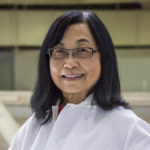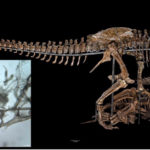The Gordon and Betty Moore Foundation is supporting the development of a unique microscopy concept pioneered by researchers at Berkeley Lab as part of the Foundation’s Symbiosis in Aquatic Systems Initiative (SASI). The Berkeley Lab effort has received $500,000 and will be led by senior staff scientist Hoi-Ying Holman of the Molecular Biophysics and Integrated Bioimaging (MBIB) Division.
Berkeley Lab Helps Reveal How Dinosaur Blood Vessels Can Preserve Through the Ages
A team of scientists led by Elizabeth Boatman at the University of Wisconsin Stout used X-ray imaging and spectromicroscopy performed at Berkeley Lab’s Advanced Light Source (ALS) to demonstrate how soft tissue structures may be preserved in dinosaur bones – countering the long-standing scientific dogma that protein-based body parts cannot survive more than 1 million years.
In their paper, now published in Scientific Reports, the team analyzed a sample from a 66-million-year-old Tyrannosaurus rex tibia to provide evidence that vertebrate blood vessels – collagen and elastin structures that don’t fossilize like mineral-based bone – may persist across geologic time through two natural, protein-fusing “cross-linking” processes called Fenton chemistry and glycation.
Archea Comprise a Core Component of Human Skin Microbiome
Human skin is teeming with microbial life, and not just bacteria. An international collaboration among researchers at Berkeley Lab, led by Hoi-Ying Holman, the Medical University of Graz in Austria and at the University of Regensburg in Germany, found representatives of the domain archea–which inhabit some of the most extreme environments on the planet–coexisting alongside more run-of-the-mill microbes. What’s more, according to the paper published in Scientific Reports, the relative abundance of archea varies with a person’s age. Holman, a senior author on the report, is head of Chemical Ecology in the Earth & Environmental Sciences Area and has a secondary affiliation in Biosciences in the Molecular Biophysics and Integrated Bioimaging (MBIB) division. Using the Advanced Light Source (ALS), her group developed a rapid and label-free method to screen cells and tell if they’re bacteria or archaea. Read more from the Berkeley Lab News Center.
Was this page useful?





